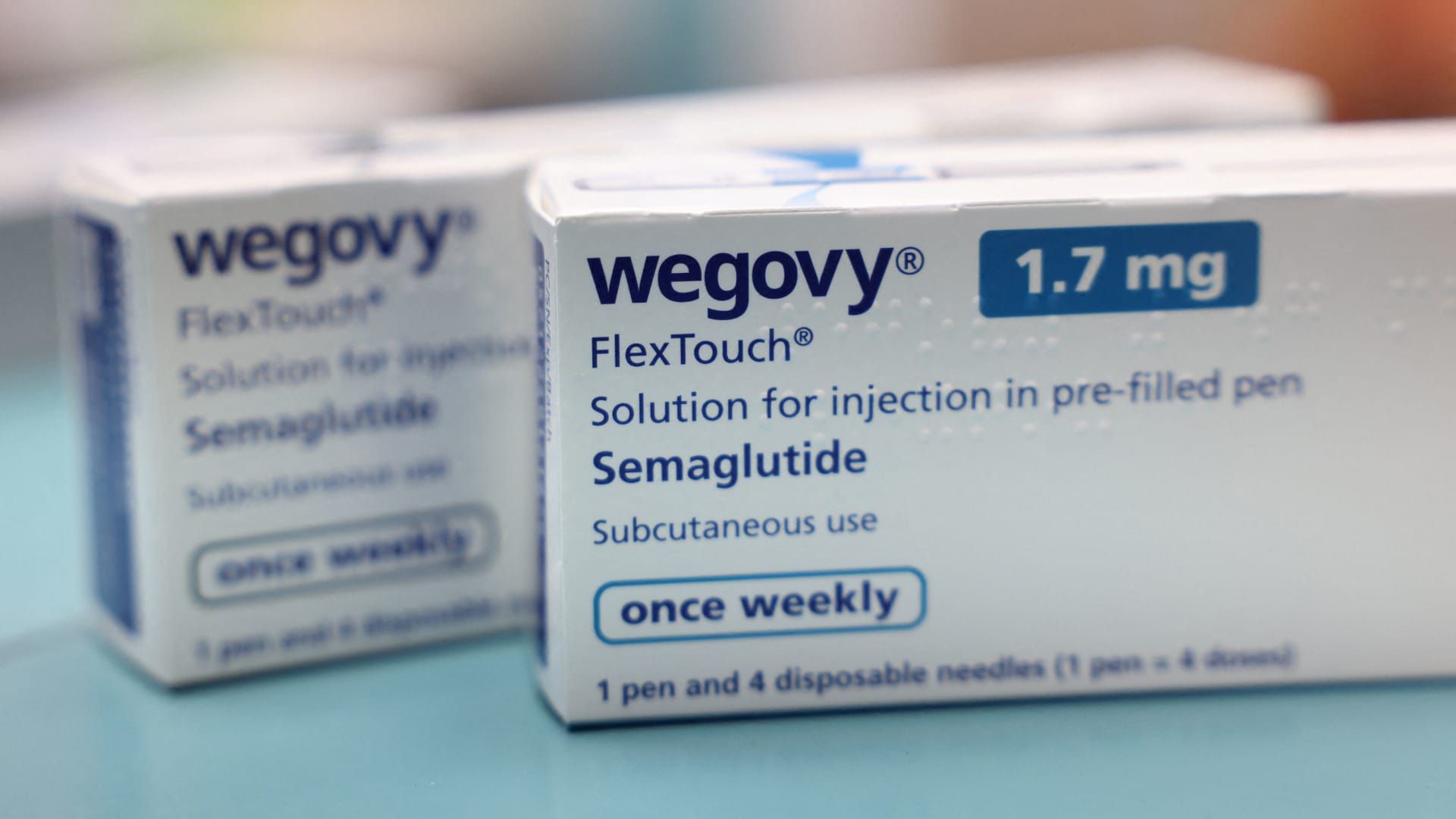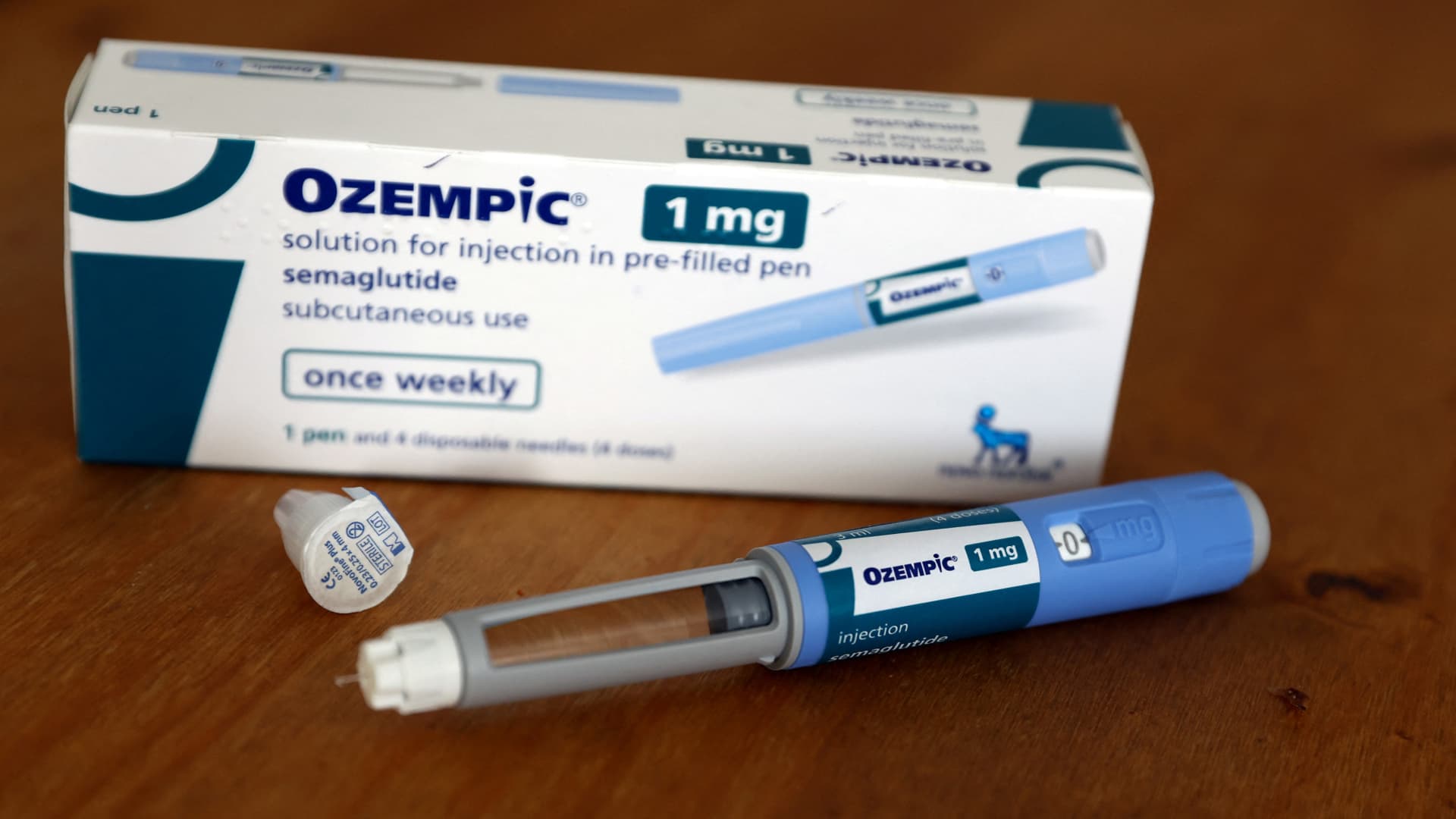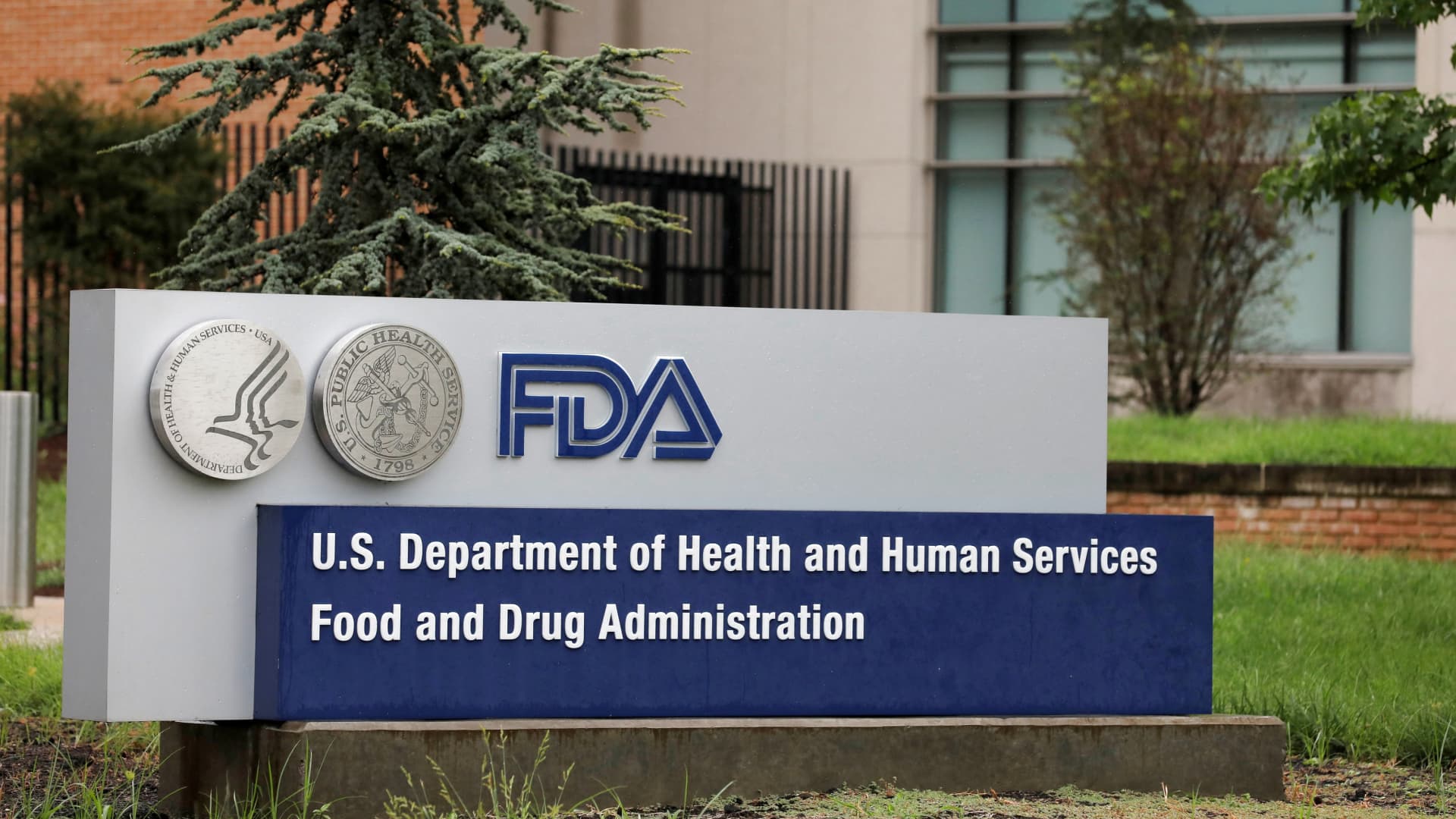Boxes of Wegovy manufactured by Novo Nordisk in a pharmacy in London, Britain, on March 8, 2024.
Hollie Adams | Reuters
Do you think a friend or colleague should receive this newsletter? Share this link with them to register.
Good afternoon! Drugmakers spent heavily on advertising for weight loss and diabetes treatments last year as they battled for dominance in the booming market for those drugs.
Companies spent more than $1 billion on ads for weight loss and diabetes drugs in 2023, up 51% from the previous year, according to new data from advertising analytics firm MediaRadar. That's nearly 15% of the $7.6 billion drug makers spent on advertising for prescription drugs last year.
Diabetes treatments accounted for nearly $790 million in ad spend in 2023, while weight-loss medications accounted for nearly $264 million.
So why is this data important? Such an increase in spending demonstrates the rush by companies to attract new customers after months of hype around NordiskThe diabetes drug Ozempic and its weight loss counterpart Wegovy. Demand for those drugs has skyrocketed despite their roughly $1,000 price tag and limited insurance coverage.
Wegovy and Ozempic “have been at the forefront of advertising, endorsements from public figures and consistent media exposure, which contributes to overall spending and has required increased advertising investments to capture and expand market share,” he told CNBC MediaRadar CEO Todd Krizelman.
And early data this year suggests that advertising spending for weight-loss and diabetes drugs is not slowing.
Drugmakers spent nearly $120 million advertising those treatments during the first two months of 2024, according to MediaRadar. This is a slight decrease from the same period last year due to factors such as “recipe changes”, but still represents 10% of total prescription advertising spend in January and February.
“We expect ad spend in the diabetes and weight loss category to remain strong or even increase as brands strive to capitalize on the growing market and demand,” Krizelman said.
Now, let's dig a little deeper into the data.
MediaRadar collected advertising spend from national television broadcasts, print publications, newspapers and websites, podcasts and social media platforms from January 1, 2022 to February 29, 2024.
The firm identified six diabetes and weight loss drugs that drove ad spending last year:
- Ozempic from Novo Nordisk: an injection for type 2 diabetes
- Wegovy from Novo Nordisk: an injection against obesity
- Rybelsus from Novo Nordisk: a pill for type 2 diabetes
- munjaro of Eli Lilly — an injection for type 2 diabetes
- Jardiance from Boehringer Ingelheim: a pill for type 2 diabetes
- Farxiga of AstraZeneca — a pill for type 2 diabetes
Wegovy accounted for $263 million in ad spend in 2023, which cannot be compared year over year since the drug was approved in 2022, according to MediaRadar. In May, Novo Nordisk also suspended some key promotions for Wegovy, specifically local and national television advertising.
Ozempic brought in $208 million in ad spend last year, just 4% more than the year before.
Mounjaro represented $139 million in advertising investment, 16 times more than in 2022.
Here's the ad spend ranking for those six drugs:
- Wegovy: $263 million
- Ozempic: 208 million dollars
- Rybelso: 199 million dollars
- Jardiance: 148 million dollars
- Montjaro: 139 million dollars
- Farxiga: 68 million dollars
National television is overwhelmingly the top format for weight loss and diabetes drug advertising so far in 2024, MediaRadar said. The firm did not provide detailed data on last year's ad formats.
Drug manufacturers spent 88% or more of their advertising spend on Ozempic, Wegovy, Mounjaro, Jardiance and Farxiga on television in the first two months of this year.
Rybelsus was the exception. Novo Nordisk spent 63% of its ad spend for Rybelsus on online videos despite reducing spend on the format compared to 2023, MediaRadar said.
Krizelman said the shift toward spending on television ads is due to their “increased reach and ability to target” patients most likely to be affected by diabetes and obesity. TV ads also have a “greater impact in terms of trust and credibility compared to online channels,” she added.
This year, I plan to monitor what spending will look like on Eli Lilly's new obesity treatment Zepbound. That drug gained approval in the United States in November and some analysts say it could eventually become the best-selling drug of all time.
Stay tuned for more of our coverage of the drug and similar treatments later this year.
Feel free to send any tips, suggestions, story ideas, and facts to Annika at [email protected].
The latest in health technology
FDA approves first AI sepsis diagnostic tool
Signs are seen outside the headquarters of the U.S. Food and Drug Administration in White Oak, Maryland, on August 29, 2020.
Andrew Kelly | Reuters
It's a big day for healthcare technology startup Prenosis.
The Chicago-based company, founded 10 years ago, announced Wednesday that its artificial intelligence-based sepsis diagnostic tool has been approved by the U.S. Food and Drug Administration. It is the first time that the agency has authorized this type of solution.
Sepsis occurs when the body has an extreme response to an infection. It is very difficult to diagnose and often fatal. About 1.7 million adults in the U.S. develop sepsis each year, and 1 in 3 patients who die in a hospital developed sepsis during that hospitalization, according to the Centers for Disease Control and Prevention.
Prenosis' tool, called Sepsis ImmunoScore, uses 22 different parameters to help doctors assess a patient's risk of sepsis, according to a statement. While doctors and nurses are typically responsible for monitoring these factors individually, Sepsis ImmunoScore uses AI to assess them all at once.
The tool generates an overall risk score, as well as four categories that reflect a patient's risk of deterioration, according to the release. Sepsis ImmunoScore is integrated into the electronic medical record and doctors can see exactly what parameters were used to calculate the risk score.
In 2022, the FDA updated its guidance for companies and gave several examples of device software functions it intends to oversee. The agency said software that “analyzes patient-specific medical information to detect a life-threatening condition, such as a stroke or sepsis” falls into this category.
Prenosis told CNBC that while he could have gone directly to market with his solution, as other companies such as healthcare software provider Epic Systems have done, he did not want to try to sell Sepsis ImmunoScore without FDA clearance. The company said the approval process took about 18 months.
Prenosis will now conduct additional studies and begin selling the product to hospitals across the United States. Over time, the company hopes to see its technology appear in hospitals around the world.
Please feel free to send any tips, suggestions, story ideas, or information to Ashley at [email protected].
— CNBC's Gabriel Cortés contributed to this report.












